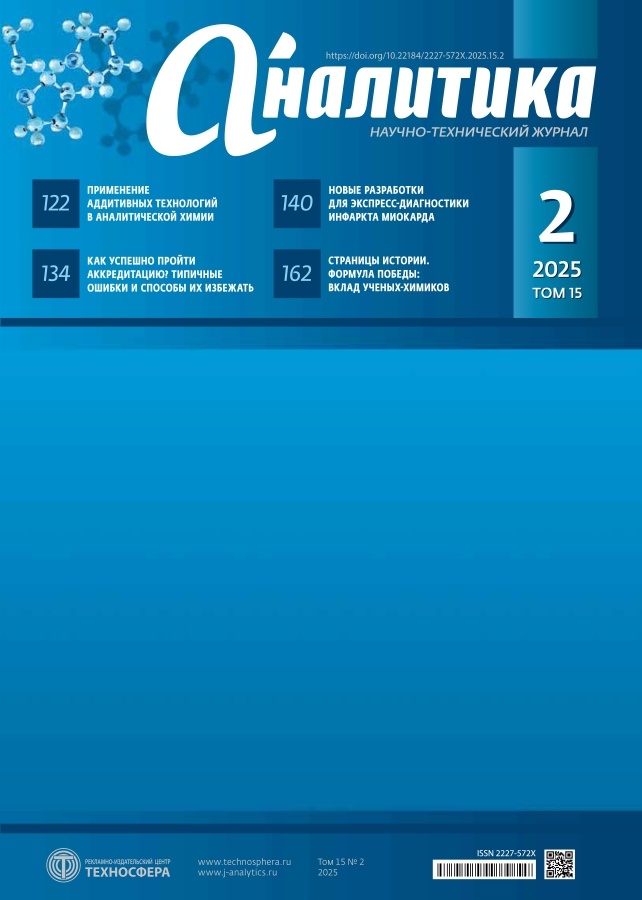Формула победы: вклад ученых-химиков
- Авторы: Калашник А.В.1
-
Учреждения:
- ГБОУ Школа № 199
- Выпуск: Том 15, № 2 (2025)
- Страницы: 162-166
- Раздел: Страницы истории
- URL: https://journals.eco-vector.com/2227-572X/article/view/685528
- DOI: https://doi.org/10.22184/2227-572X.2025.15.2.162.166
- ID: 685528
Цитировать
Полный текст
Аннотация
В 2025 году мы празднуем 80-ю годовщину Победы в Великой Отечественной войне. Совместными усилиями ученых нашей страны, наравне с производством и тылом, с первых дней войны фронт был обеспечен необходимыми средствами химической защиты, медицинскими препаратами, новыми материалами для вооружений и военной техники, топливом, средствами обороны и многим другим. Прорывные научные результаты военного периода легли в основу многих академических и прикладных направлений исследований после войны, способствовали восстановлению промышленности и жизнедеятельности государства. Статья содержит краткий, далеко не исчерпывающий обзор вклада выдающихся ученых-химиков в решение задач обороны и победы над врагом в годы Великой Отечественной войны.
Ключевые слова
Полный текст
Об авторах
Александр Владимирович Калашник
ГБОУ Школа № 199
Автор, ответственный за переписку.
Email: journal@electronics.ru
директор, лауреат конкурса «Учитель года Москвы», автор онлайн-урока «Формула Победы: вклад ученых-химиков» для Музея Победы
Россия, МоскваСписок литературы
Дополнительные файлы














